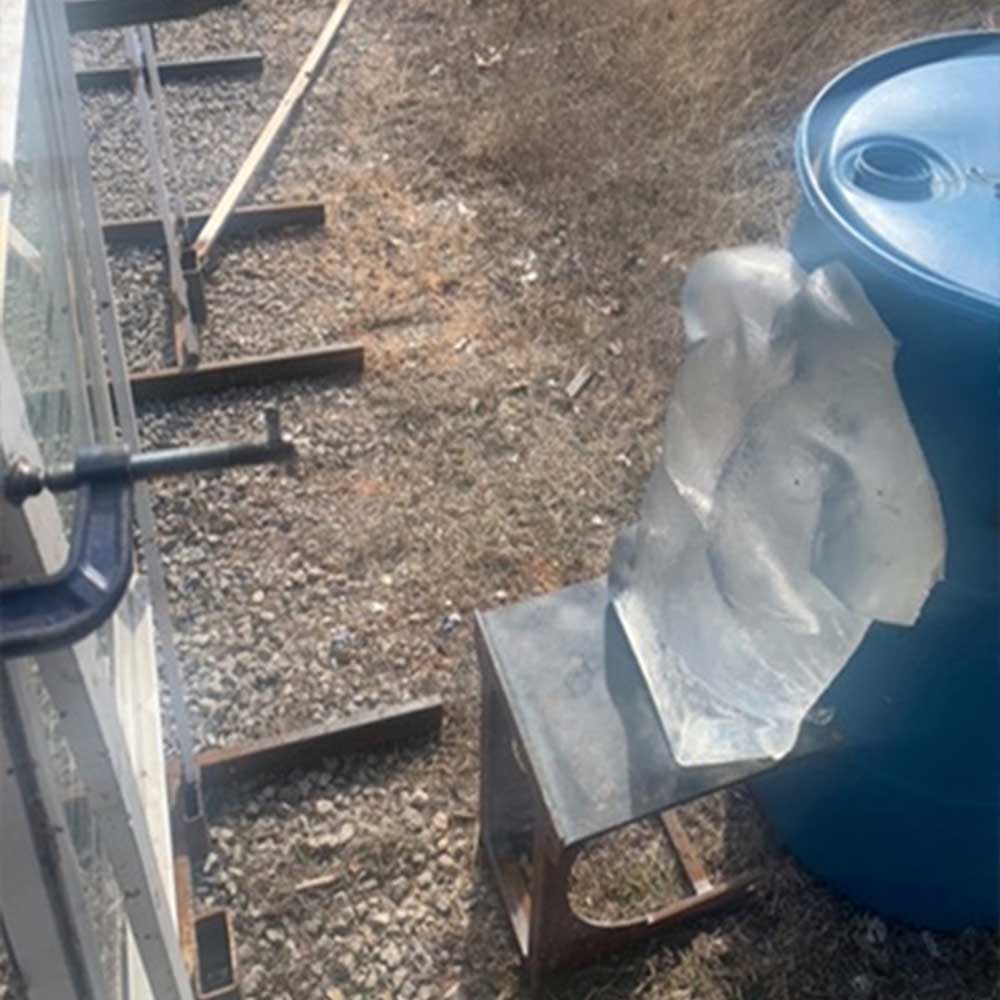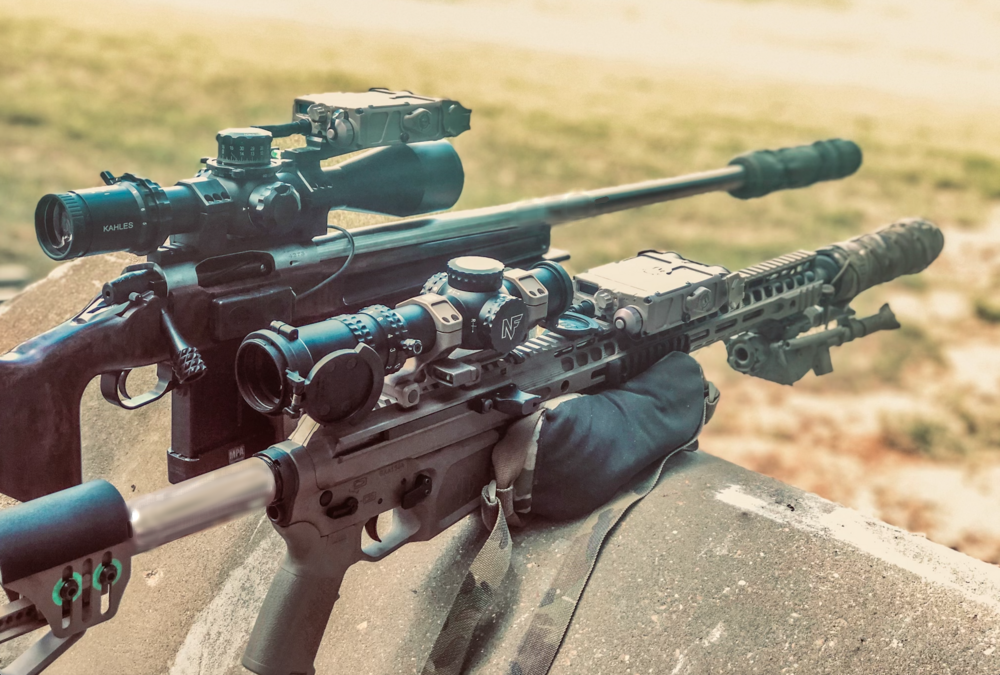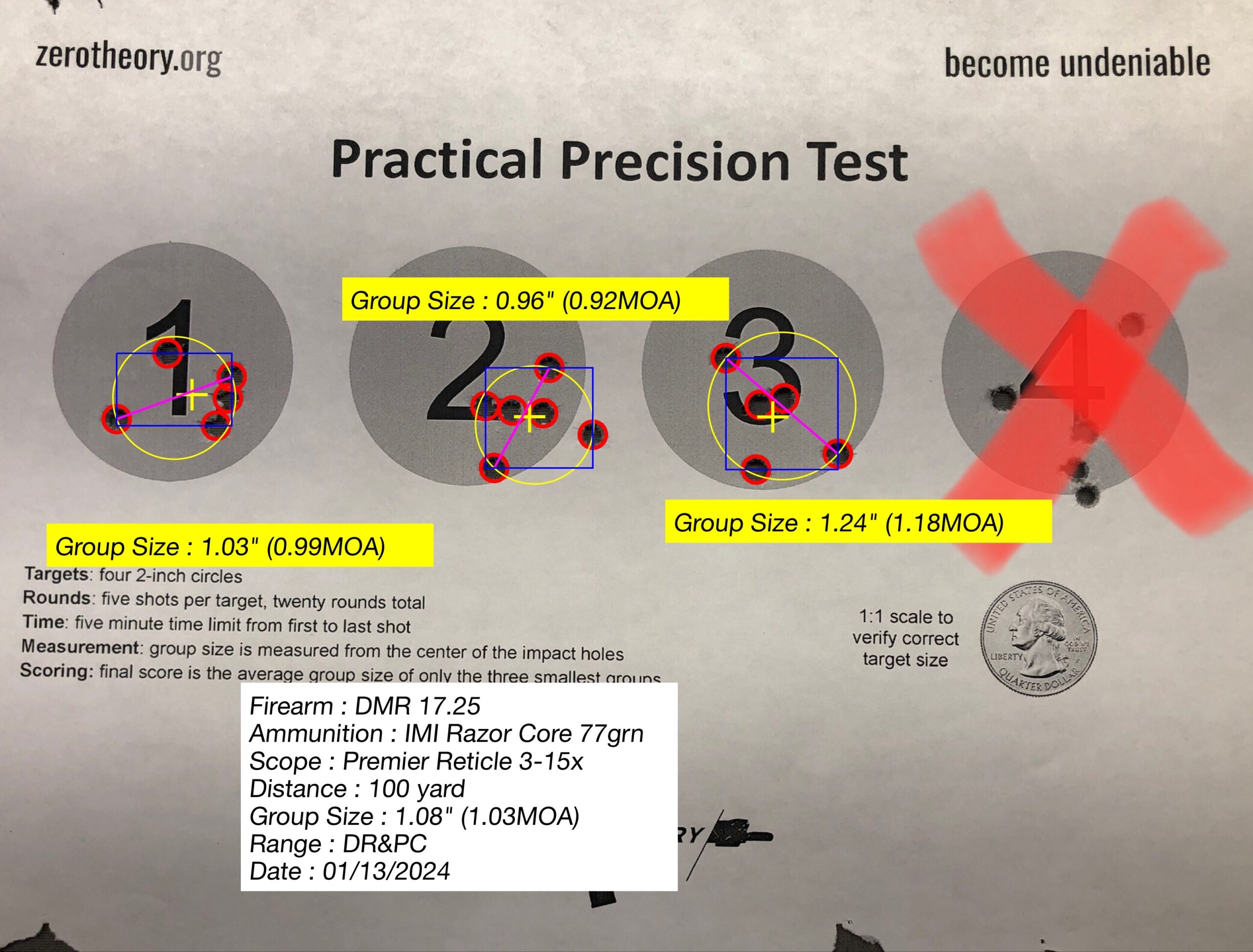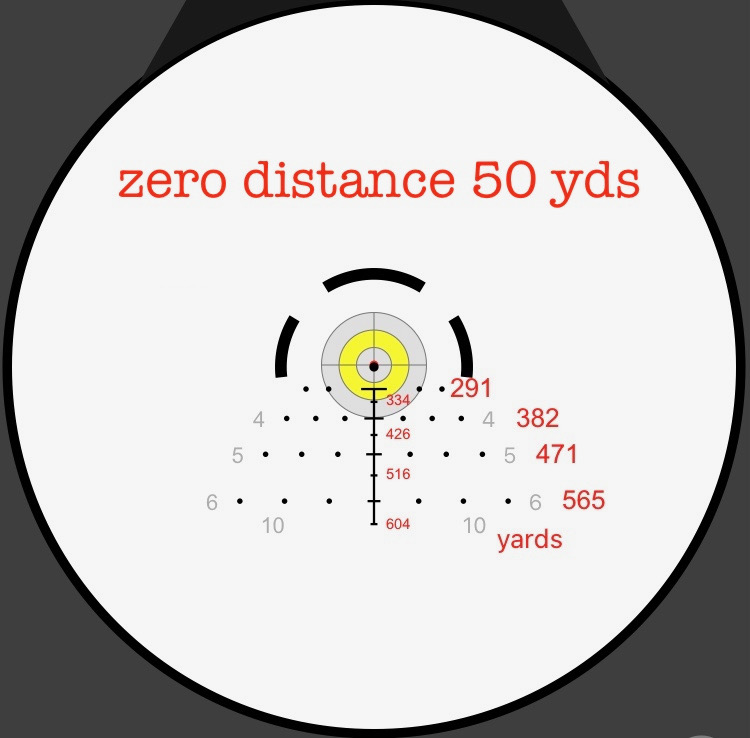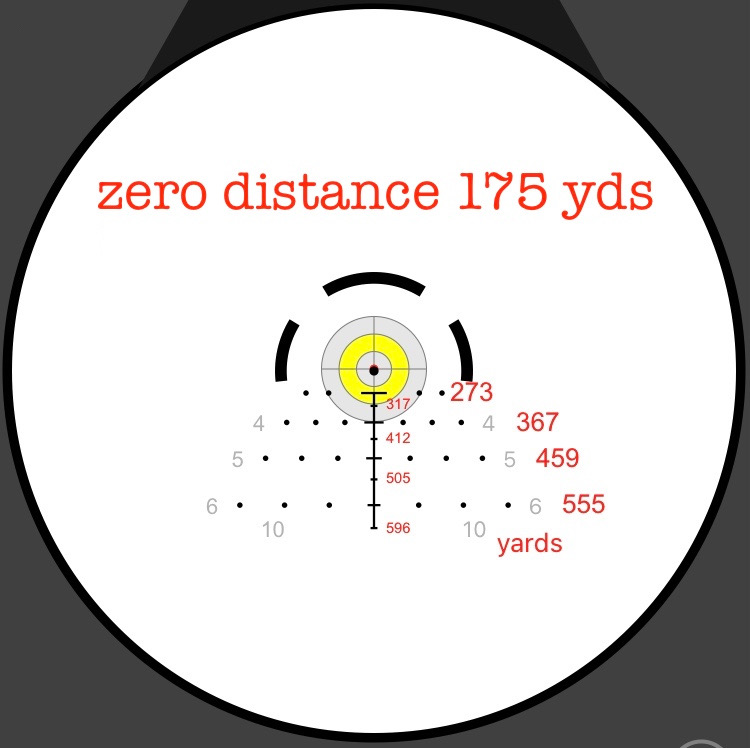Ammo Selection
by Randy Davis
A common issue which occurs in long range shooting, especially in law enforcement, is selecting ammunition that is not designed for the task it is expected to perform. If the only thing a round is expected to accomplish is punching holes in paper or ringing steel, the selection of projectiles is significantly easier. If the round is expected to maintain long range accuracy and terminal ballistics, then the list of projectiles becomes significantly smaller. The purpose of this article is to identify some factors which limit the terminal performance of some rounds and offer some possible solutions.
The Federal 168 Gold Medal Match (GMM) round is used by many LE sniper teams across the country. It is an extremely capable target round, designed by ballisticians for optimal target shooting out to 600 yards. The Sierra MatchKing (SMK) bullet used in the 168 GMM round has a very thin jacket and is held to exacting tolerances in diameter and weight. SMK bullets have a small meplat to increase their ballistic coefficient. The 168 SMK’s G1 ballistic coefficient of .462 provides extreme accuracy at medium to long ranges, however, they have significant drawbacks when employed in a tactical environment, namely, terminal ballistics and barrier penetration.
Open Tip Match (OTM) bullets, like SMKs, generally exhibit unfavorable fragmentation and trajectory deviation when fired through glass intermediate barriers, resulting in degradation of terminal wounding effects and unpredictable external ballistics after striking glass, especially laminated auto glass. In recent studies conducted by the American Sniper Association, LE snipers were found to have fired rounds through some type of intermediate barrier in 23 percent of their real world engagements. Of those, the majority of the barriers were glass.
After identifying these deficiencies, many ammunition companies began producing rounds to negate them. For example, the 168 grain Federal Tipped-TBBC bonded PT (LE308TT2) offers sub-MOA accuracy along with outstanding terminal performance in both soft tissue and glass. In our testing through auto glass, this round showed minimal trajectory deviation and still maintained sub-MOA groups. The G1 ballistic coefficient was .452 and showed a trajectory almost identical to the 168 SMK loadings. This bullet was developed by Federal for the specific purpose of Law Enforcement sniping and demonstrates remarkably consistent performance through different mediums when fired into ballistic gel.
Current advances in ballistic technology have greatly enhanced real world effectiveness of snipers in both open air and intermediate barrier engagements. For LEO snipers, conducting their own ammunition testing and evaluation is critical to ensure the selected round is capable of optimal performance given the operational environment.
Depending on operational requirements there may not be a one-round answer. For example, if the selected duty round is a barrier round, it may be a poor choice if working a detail at a stadium or large public event. A much lighter ballistic tip round might better serve the team.
Ballistic penetration is also important when planning operations. If the agency’s duty round has a tendency to over-penetrate, special consideration should be given to the location and angle of perimeter officers and civilians in the area. Teams should not rely solely on manufacturer specifications. Instead, teams should independently test the rounds themselves.
For LE snipers a lot of variables come into play when selecting rounds, rifles, or any other piece of equipment. Take a look at your team’s previous real-world engagement distances and national data available online. There are a lot of positive trends starting in law enforcement concerning rifle setups. We are beginning to see agencies running shorter barreled rifles and transition to more efficient rounds. For my team, the average employment distance is approximately 100 yards. I have tried to optimize our sniper equipment for those engagements while still trying to maintain long range capability. Our current setup includes 18” barreled 6.5 Creedmoor rifles built by Deep South Tactical. We run our rifles suppressed at all times and currently shoot Hornady 140g ELD-M rounds. Although the rifles are set up to be compact due to our operational environment, we have routinely engaged targets out to 1200 yards. We are also currently testing RECCE-style rifles to further expand the capabilities of our snipers, especially in urban environments.
Get into the mindset of designing your equipment around the actual mission you conduct, not what (insert cool unit) is running. Don’t fall into the way-it-has-always-been-done trap.
About the author: Randy Davis is a sniper instructor and sniper team leader on a law enforcement SWAT team. He previously served in various tactical and precision shooting roles in both the US Army and as a private contractor. Some of his hair is gray, but he’s mostly earned it.
Like this? Check out our other articles…
[013] Gas Gun vs Bolt Gun pt 2
Gas Gun vs Bolt Gun pt 2 by [...]
[012] Practical Precision Test
Practical Precision Test by Zero Theory staff [...]
[011] Ballistic Drop Compensator Truing
Ballistic Drop Compensator Truing by Randy Davis [...]

